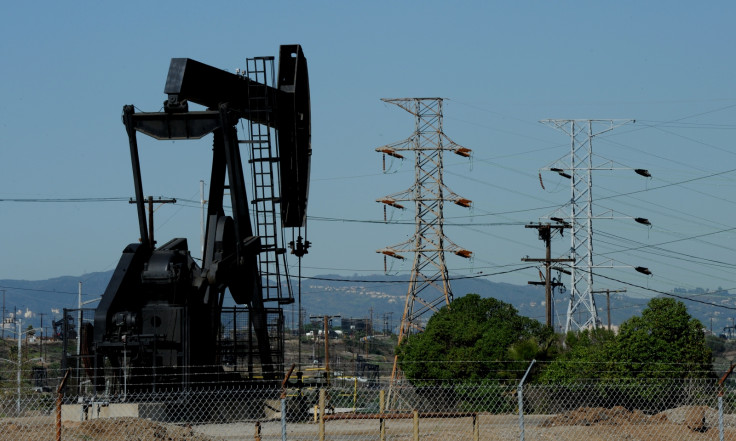World Energy Day 2014: How Much Oil is Left and How Long Will it Last?

The aim of World Energy Day, celebrated annually on 22 October, is to send a positive signal worldwide highlighting the importance of choices society makes regarding energy policy, production and the environment.
It was first proposed by Dr Harold Hyunsuk, who founded the World Energy Forum – a non-profit organisation affiliated with the United Nations – in 2008. One of the major discussions within the group, and one which remains a concern worldwide, is oil. Specifically, whether the world has exhausted its oil supply and what options we have for the future of energy.
How much oil is left?
In June, BP provided an intriguing update to its global oil reserves estimates in the company's yearly review of energy statistics. It raised its reserve estimate by 1.1% to 1,687.9 billion barrels – just enough oil to last the world 53.3 years at the current production rates.
According to the Institute of Mechanical Engineers, there are 1.3 trillion barrels of proven oil reserve left in the world's major fields, which at present rates of consumption should last 40 years.
However, the organisation also emphasises that by 2040, production levels may be down to 15 million barrels per day – just 20% of what we currently consume. By that time, it is probable that the world's population will be double what it is today and much more industrialised, and therefore oil dependent.
What part do new technologies play?
There is likely to be more oil left in the tank beyond what BP estimates, however, according to oil companies.
A large portion of the growth in global oil reserves in the BP report comes from the United States. BP estimates that the US has 44.2 billion barrels of oil reserves, around 26% higher than it previously thought. The US Energy Information Administration, meanwhile, increased its estimate to 33.4 billion barrels of reserves – just 15% more than previously estimated.
But why is there a surge in oil reserves? Shale oil, an unconventional oil produced from shale rock fragments, is being discovered through horizontal drilling technology. And with the discovery of this method, it should boost gains in reserves over the next decade – stretching out BP's 53.3 year estimate.

The challenge facing engineers extracting shale oil is that currently, it is so difficult to get at that it actually takes more energy to extract than it gives back in use. In shale formations, natural gas molecules are stuck to the rock and must be detached before they will flow to the surface – an intricate and expensive process.
The rising cost of oil has also forced governments and oil companies to exploit previously marginal sources of oil from difficult locations, such as the deep sea.
Since North Sea oil first became a source, 36 billion barrels have been extracted. Yet it is hampered by a worldwide shortage of essential equipment such as rigs and support vessels.
Where are the major oil reserves?
The largest remaining reserves are in Saudi Arabia, which has around 261.8 billion barrels, followed by Iraq, which has an estimated 112.5 billion. The United Arab Emirates has 97.8 billion and Kuwait has 96.5 billion, with the fifth largest reserve in Iran, which has around 89/7 billion barrels.
In comparison, the North Sea has around 4.9 billion barrels remaining – a fraction of the reserves in the Middle East. New discoveries are being made, however, and Brazil recently discovered a new field with an estimated five to eight billion barrels. Such finds are rare.
Have we gone past the point of maximum oil production?
There is a debate between "peak oil" theorists and oil companies surrounding Earth exhausting its supply of oil. What is clear is that oil is getting harder to extract, which is reflected in rising prices. A barrel worth $10 in 1998 now costs over $135.
The effects are wide-reaching, affecting road, aviation and shipping – and sending the commodity cost of staple foods, such as rice and wheat, soaring. The fuel used to harvest the food has doubled over the last 12 months.
In response to the rising costs and environmental concerns, scientists are looking further into new ways to create renewable energy without fossil fuels. Burning fossil fuels produces around 21.3 billion tonnes of carbon dioxide per year, and only half of that is absorbed by natural processes. The result is catastrophic, increasing global warming and causing the average surface temperature of the planet to rise.
Last year, the BBC reported that scientists discovered a new way to split hydrogen from water using rocks – a potentially new green energy source. More research is being done to expand the use of energy from sunlight, wind, tides, waves and geothermal heat to reduce reliance on fossil fuels.
© Copyright IBTimes 2025. All rights reserved.





















